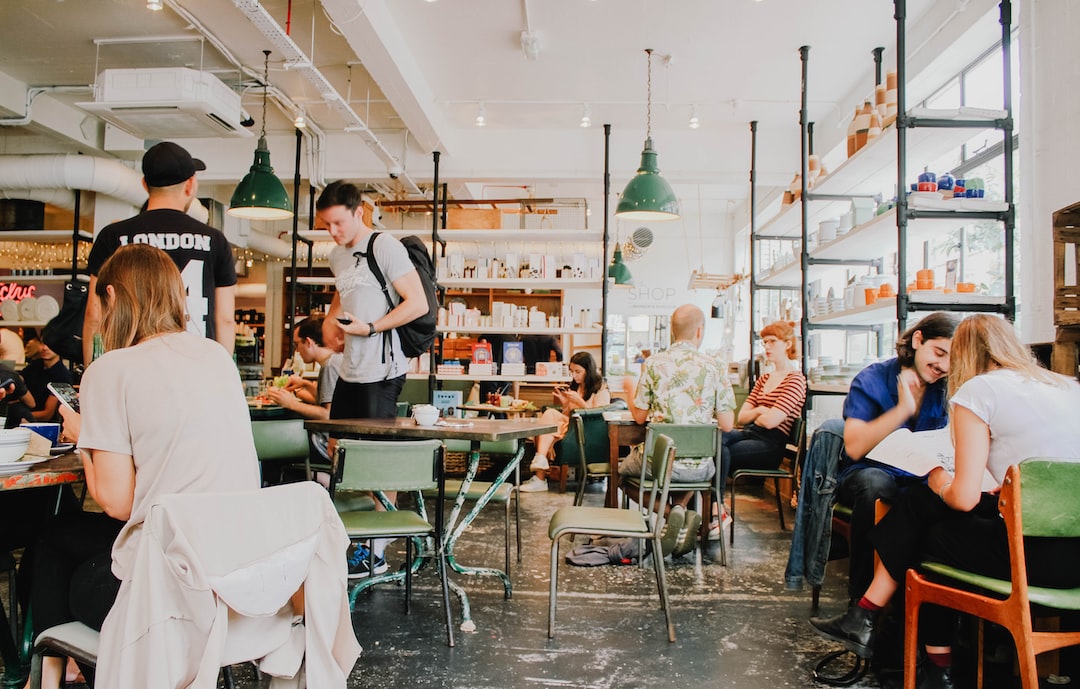From Memes to Movements: The Power of Collective Action on Social Media
In today’s digital age, social media has become an increasingly powerful tool for communication, connection, and activism. What was once considered a novel way to share cat videos and post status updates has now evolved into a platform capable of sparking global movements. Memes, in particular, have played a pivotal role in catalyzing collective action on social media. In this blog post, we will explore the transformative power of memes and how they have the ability to generate social change, from raising awareness to promoting social justice.
To understand the power of memes and their impact on collective action, we must first define what a meme is. At its core, a meme is an idea, behavior, or style that spreads rapidly among individuals within a culture. In the digital realm, memes often take the form of an image, video, or text that elicits humor, relatability, or a strong emotional response. Memes have a unique ability to capture attention and foster engagement due to their shareability, simplicity, and concise nature. They are easily understood and can quickly spread across social media platforms, reaching a vast audience within seconds.
One of the most prominent examples of memes transforming into a movement can be seen in the case of the Black Lives Matter (BLM) movement. In 2013, the hashtag #BlackLivesMatter was first used on social media platforms in response to the acquittal of Trayvon Martin’s killer. As the movement gained traction, so did the use of related memes. Memes featuring the iconic raised fist logo and powerful slogans like “Say Their Names” quickly spread, captivating millions of social media users around the globe. These memes effectively synthesized complex issues of racial injustice, police brutality, and systemic racism into concise and shareable content, ultimately mobilizing individuals to take action both online and offline.
The power of memes lies in their ability to condense complex issues and ideas into easily digestible content. They simplify and distill crucial messages, making them accessible to a wider audience. Memes can also serve as a form of cultural criticism, challenging societal norms, and sparking conversations. For instance, the “Me Too” movement, which aims to raise awareness about sexual harassment and assault, gained significant momentum through the sharing of powerful memes. These memes exposed the widespread prevalence of these issues, creating a sense of unity and solidarity among survivors while compelling others to take part in the conversation.
Memes have proven to be influential beyond raising awareness. They have also played a key role in holding individuals and institutions accountable for their actions. Memes can be powerful tools for public shaming and satire, typically used to challenge authority or call out hypocrisy. When the Australian bushfires devastated the country in 2019, memes calling out politicians for their inadequate response flooded social media platforms. These memes not only provided a creative release for collective frustration but also forced those in positions of power to address the issue more urgently.
Collective action is further facilitated by the nature of social media and its ability to connect individuals who share similar sentiments and grievances. Algorithms on platforms like Twitter and Instagram curate content and suggest potential connections, enabling users to find like-minded individuals and communities committed to a cause. The use of hashtags and the ability to share and amplify posts allows users to forge connections and build momentum. By harnessing the power of collective action, memes can shift conversations, challenge existing power dynamics, and create lasting change.
However, it is important to note that while memes can greatly contribute to collective action, they should not be seen as a substitute for real-world activism. Memes can be powerful catalysts, but they require tangible action and sustained support to make a lasting impact. The success of any movement lies not only in online discussions but also in offline efforts like protests, lobbying, and community organizing.
In conclusion, the power of memes as catalysts for collective action on social media should not be underestimated. They have proven their capacity to raise awareness, mobilize individuals, and effect change. With their ability to distill complex issues into easily shareable content, memes offer a unique avenue for activism in today’s digital landscape. Nevertheless, it is important to remember that memes alone cannot create lasting change; they must be accompanied by tangible actions and sustained support to make a significant impact.

